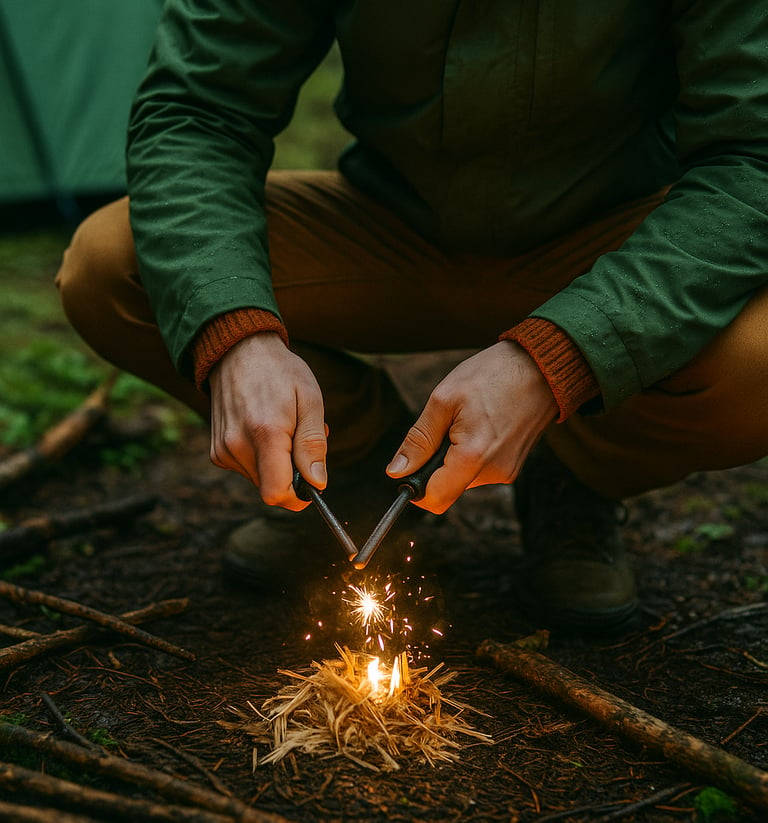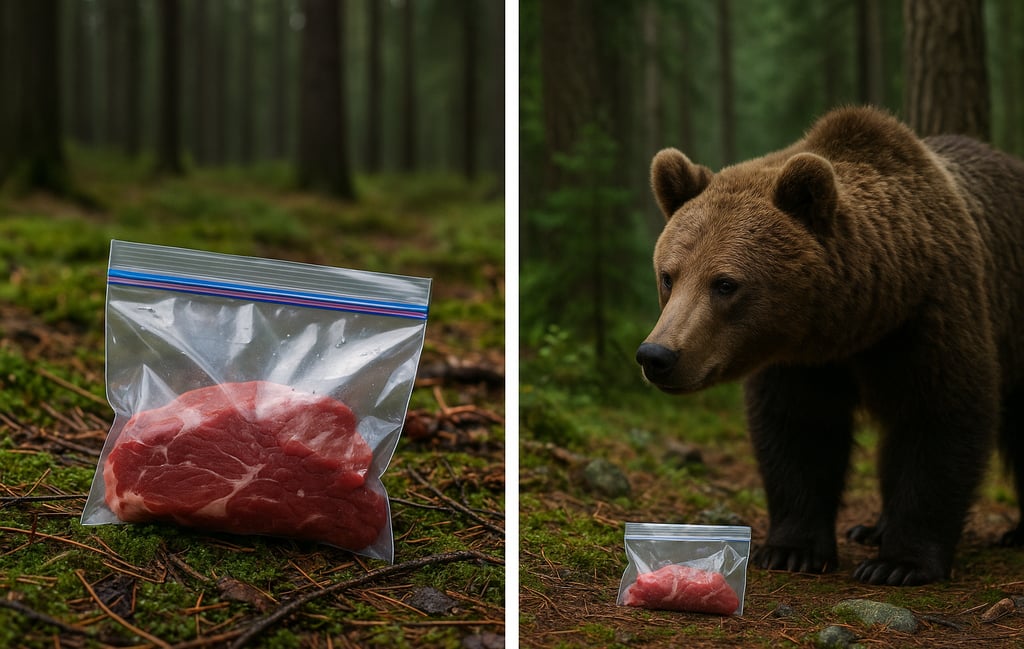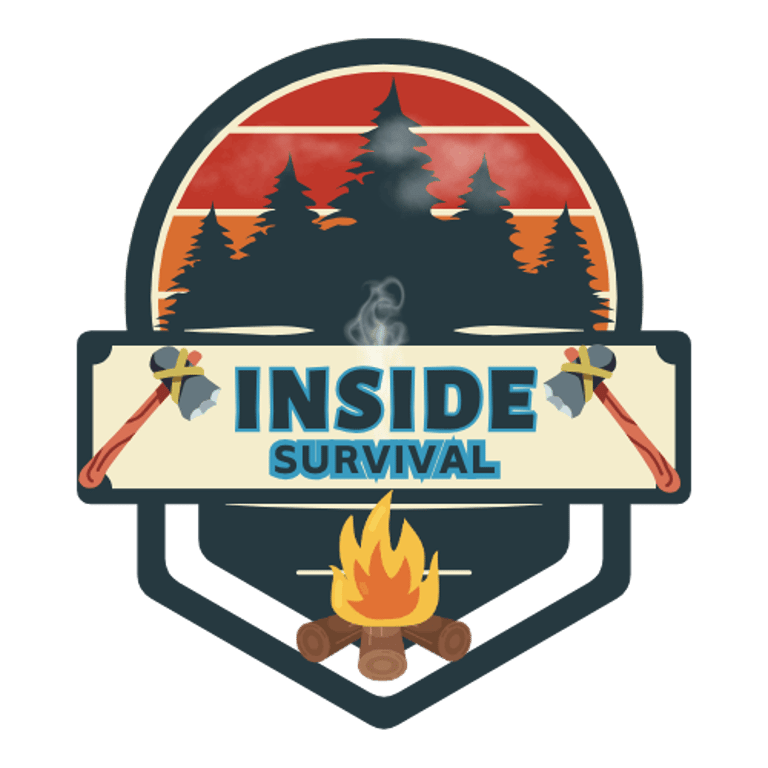Top 10 Survival Myths That Could Get You Killed in the Wilderness
Think you know how to survive in the wild? Discover the top 10 survival myths that could put you in serious danger — and what to do instead.
Top 10 Survival Myths That Could Get You Killed in the Wilderness
Surviving in the wild isn’t about being a movie hero — it’s about knowing what actually works. There’s a lot of bad survival advice floating around, and if you rely on it in a real emergency, it could cost you your life. Let’s break down the most common survival myths and get to the truth so you’re better prepared when it counts.
Myth #1: Moss Always Grows on the North Side of Trees
This is one of the most repeated wilderness survival myths, but it’s not reliable. Moss can grow on all sides of a tree, depending on the moisture, shade, and geography. If you use moss as your compass, you could walk in circles.
Instead, learn to navigate using the sun’s position or carry a small compass. Natural navigation is a skill that takes time and practice — don’t rely on shortcuts.
Myth #2: You Can Suck Venom from a Snake Bite
It looks dramatic in movies but in real life, sucking out venom doesn’t work. And, it can actually make things worse. You could damage tissue or even infect the wound. Plus, venom spreads quickly through the bloodstream, the chances you'll succeed in getting it out are nonexistent.
The real solution? Stay calm, keep the bite below heart level, and get medical help immediately. A snake bite is a medical emergency, not a DIY project.
Myth #3: You Should Prioritize Finding Food First
In a survival situation, food is often the least urgent priority. As humans, we instinctually think we must have food immediately. But in the wild, you need to control your instincts and emotions and use your wits. The truth is you can survive several weeks without food. The real priorities should be shelter, water, and staying warm — especially in cold environments.
Expending energy looking for berries or building traps can actually harm your chances if you’re cold or dehydrated. Focus on the essentials first.
Myth #4: Rubbing Sticks Together Will Easily Start a Fire
Technically, you can start a fire with friction, but it’s far harder than it looks — especially if you’re cold, hungry, or stressed. It takes the right wood, dry conditions, and real skill.
That’s why every bug out bag or survival kit should include multiple fire-starting tools, like waterproof matches, a ferro rod, or even a lighter.
Myth #5: If You’re Lost, Stay Put No Matter What
This is only partly true. If someone knows your location and is actively looking for you, staying put makes sense. But if you never told anyone where you were going, you might have to move to find help.
The key is to make a plan. Leave obvious signs of your direction, stay near open areas if possible, and conserve energy. Blindly wandering without a plan can make things worse.
Myth #6: You Can Drink Water from a Stream and Be Fine
Even crystal-clear mountain streams can carry dangerous bacteria and parasites like Giardia. Drinking untreated water can cause vomiting and diarrhea — which will dehydrate you even faster.
Always purify your water. Use a filter, boil it, or add purification tablets. Clean water is a non-negotiable survival priority.
Myth #7: You Can Eat Anything Animals Eat
Animals have very different digestive systems. Just because a squirrel eats a berry doesn’t mean it’s safe for you. Some plants and fungi that are harmless to animals can be deadly to humans.
The safest route? Learn a few edible plants before you're in a survival situation — and if you’re unsure, don’t eat it.
Myth #8: You Should Signal with a Fire Right Away
If you’re not careful, a signal fire can cause a wildfire or waste all your fuel in bad conditions. Signaling is important, but it should be done strategically and safely.
Three fires in a triangle is a recognized distress signal. Mirrors, whistles, and bright clothing are also useful. Don’t rely on one method — use everything you’ve got, but make sure to use it wisely and at times and manners that will be most effective and impactful.
Myth #9: You Can Outrun a Wild Animal
Most wild animals are much faster than humans. Trying to run from a bear, for example, may trigger its chase instinct. And if you’re running through rough terrain, your odds are slim.
Your best defense is knowledge. Learn how to respond to different animals: make noise to avoid surprising them, stay calm, and know when to back away slowly. Sometimes, the best thing you can arm yourself with before heading out in the wilderness, is knowledge.
Myth #10: Survival is All About Strength
Being tough helps, but survival is mostly about knowledge, preparation, and mindset. Even the strongest person can fail if they panic or make poor decisions.
True survival skills are mental: staying calm, thinking clearly, and knowing what to do. Preparation beats brute force every time.
Final Thoughts
The wilderness doesn’t care what you think you know — it rewards what you actually know. Avoiding these survival myths can mean the difference between life and death. Prepare smart, stay humble, and calmly execute what you know if the need arises.








© 2025. All rights reserved About | Privacy Policy | Terms and Conditions | Affiliate Disclosure | Disclaimer


